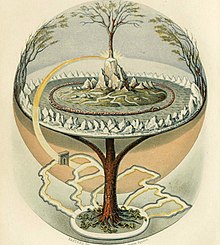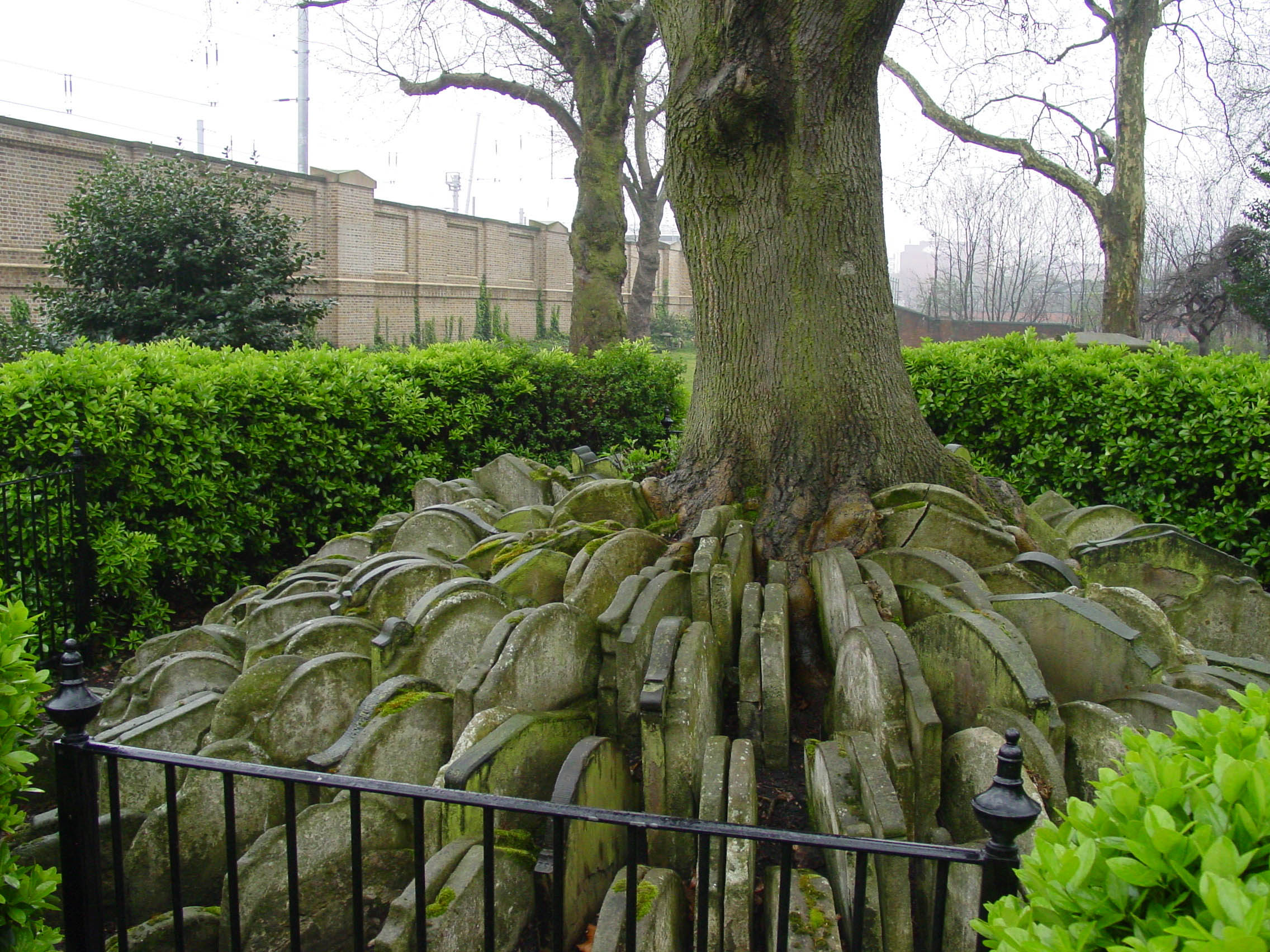Sally Mann - Scarred Tree 1996, from the series Deep South
National Tree Week began in 1975, and runs from the 26th November to the 4th December. It celebrates the start of the tree planting season, and is a great way to get communities working together on conservation and awareness projects.
As i'm sure regular readers will know, I rather like Trees. Well...I love Trees. A lot. I know Thom Bridge understands!
A giant sequoia log, Sequoia National Park, California, undated, c1910
Trees and forests, probably because of their great size and longevity, have always vividly stirred our imaginations. Like mountains and stones they seemed immobile, but unlike them, trees could change and sway. They stir thoughts of time and mortaility, dense forests can provide a quietness that can sometimes be overwhelming - they have often been feared and respected.
Even lone trees, particularly in a barren spot, may have appeared miraculous if they provided food for a starving wanderer. Trees were seen and touched by the earliest humans; utilized for food, fuel, shelter, clothing, fences and barriers, lances and spears; and burned, cut or transformed into numerous objects. Their shadows provided cover, camouflage and hiding places for persons on either side of the law. They also provide death. Blunt, but true. From being used in lynching, to becoming self-made memorials, there is definate dark side of trees many would never consider. There has recently been such a sad situation in the woods which are often featured in my photographs, you can see the the torn bark around the branch.
The Survivor Tree, an American Elm Tree in Oklahoma, it survived the bomb’s blast and witnessed one of the worst terrorist attacks on American soil. On April 19, 1995, the tree was almost chopped down to recover pieces of evidences that hung from its branches due to the force of the 4,000 pound bomb that killed 168 and injured hundreds just yards away. The Survivor Tree is a symbol of human resilience. Today, as a tribute to renewal and rebirth, the inscription around the tree reads, “The spirit of this city and this nation will not be defeated; our deeply rooted faith sustains us.”
On 9/11, debris from the collapsing WTC towers knocked over a giant sycamore tree that had stood for nearly a centuary in St. Paul's churchyard. When the dust settled, the uprooted tree was found lying on a narrow path in the yard. It had fallen in such a way that none of the historic tombstones around it were disturbed, and none of the wreckage reached the chapel. Scluptor Steve Tobin heard the story of the syeamore and envisioned using it’s root as the base of a bronze sculpture.
Trees and forests took on symbolic divine characteristics, or were seen to represent superlative forces such as courage, endurance or immortality. They were the means of communication between worlds. Some societies made them into magical totems. Sometimes a particular tree was considered to be sacred because of association with a holy individual, saint or prophet. Trees have frequently held great religious significance, for example the tree under which the Buddha received enlightenment and the tree used for the crucifixion of Jesus. As a result they often featured in religious rituals, and still do today. Examples include trees upon which prayers or offerings are hung in many different cultures, and the Christmas tree, a custom whose present form evolved in Europe in the nineteenth century.
The "Jesus Tree" of Malta
In almost every part of the world travelers have observed the custom of hanging objects upon trees in order to establish some sort of a relationship between themselves and the tree. Throughout Europe also, a mass of evidence has been collected testifying to the lengthy persistence of superstitious practices and beliefs concerning them. The trees are known as the scenes of pilgrimages, ritual ambulation, and the recital of prayers.
Example of a Wishing Tree in Turkey
The custom of transferring disease or sickness from men to trees is well known. Sometimes the hair, nails, clothing of a sickly person are fixed to a tree, or they are forcibly inserted in a hole in the trunk, or the tree is split and the patient passes through the aperture.
The concept of a tree of life, a many-branched tree illustrating the idea that all life on earth is related, has been used in science, religion, philosophy, mythology, and other areas.
An Icelandic example of "The Tree Of Life"
British folklore wouldn't be complete without some spirtis and witches, and tree's are no different!
The European Rowan tree has long been thought to be a magical tree and protection against witches. It was said in England that this was the tree on which the Devil hanged his mother?! (Crikey!)
The density of the rowan wood makes it very usable for walking sticks, as in Celtic mythology where it prevents those on a journey from getting lost. Rowan was carried on vessels to avoid storms, kept in houses to guard against lightning, and even planted on graves to keep the deceased from haunting. It was also used to protect one from witches. Even without the connection to witches, yew trees had many superstitions attached to them. It was best not to lie down under a yew, despite the nice cold shade. The tree would suck the life out of anyone, as soon as he or she fell asleep. Yew has always grown in graveyards, as people believed that the tree drank the poison from the ground which was infected by the dead.
Ancient Yew Tree at Waverley Abbey
The Hardy Tree can be found in Old St. Pancras Churchyard, London. The Ash tree is surrounded by monuments that were, as legend has it, moved by Thomas Hardy during his days as an architect clerk during the regeneration of Kings Cross in the 1860's. Some of Hardy's poetry is reputed to be inspired by his time working on this unpleasant job - particularly 'In the Cemetery'.
In all honesty, I could talk about trees all day, I hope you have enjoyed reading!
Better leave with one of mine:
Katie Bedlow, 10x8 contact, 2010.
Thanks! Hope you all have a good week!















No comments :
Post a Comment